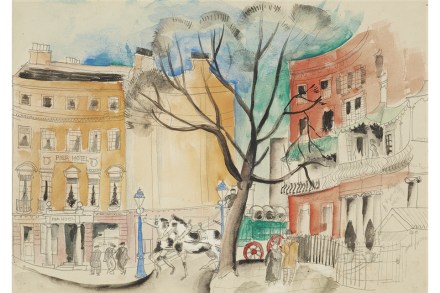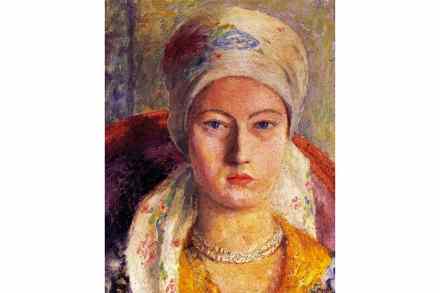The mystery of female desire deepens
Sexual fantasies, that dream you had last night, and ideas for novels have one thing in common: generally the best place for them is inside your head, never to be divulged. Until now, the major exception to the rule was Nancy Friday’s 1973 compilation of women’s fantasies, My Secret Garden, which sold more than two million copies worldwide. Friday aimed to emancipate women from guilt and inhibition, and informed an enthralled world that women of all stripes were prone to vivid erotic reverie. Many of the more heavily thumbed passages involved taboo elements, such as rape, incest and the occasional dog or octopus. Of course this was some decades before






